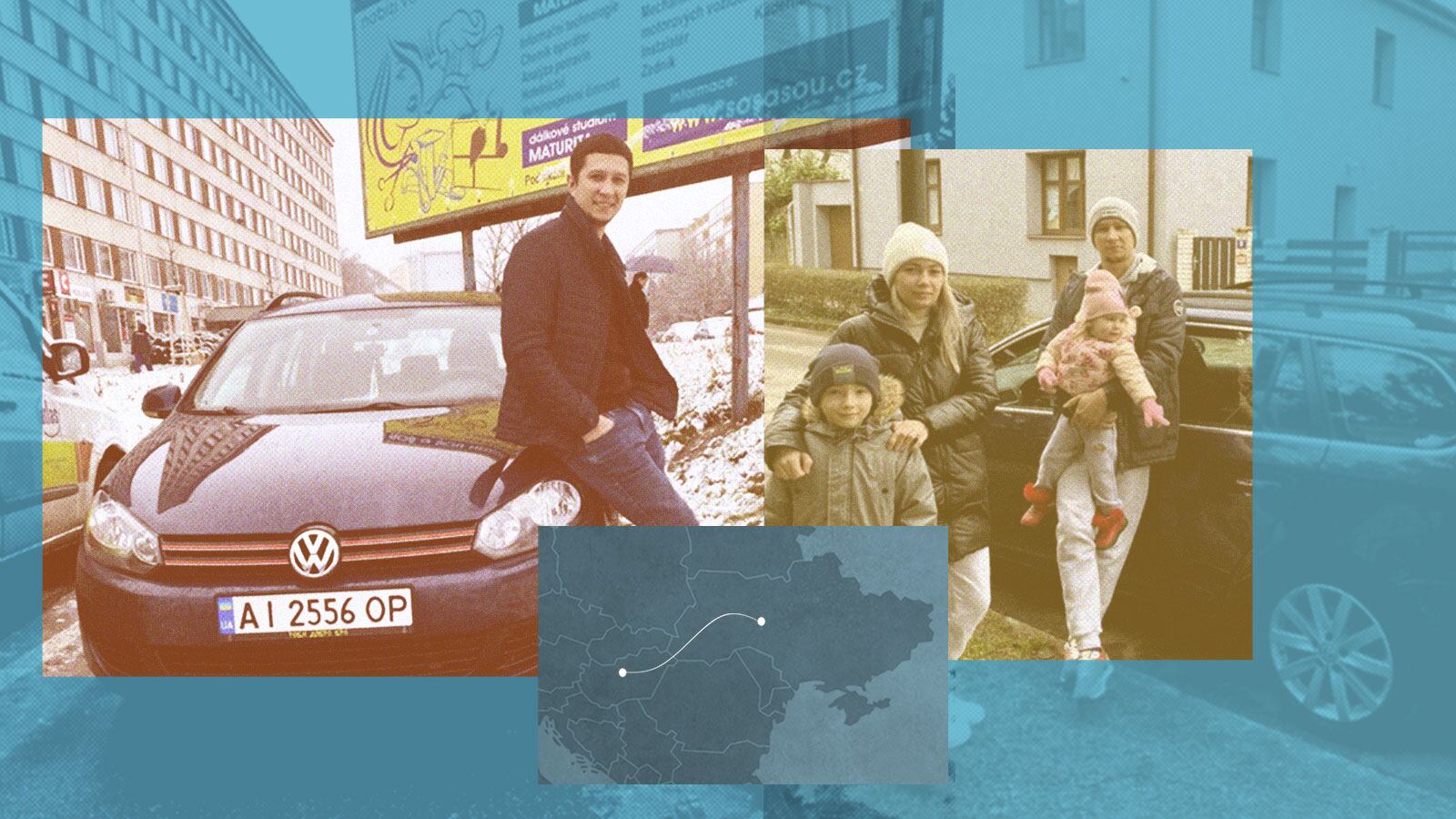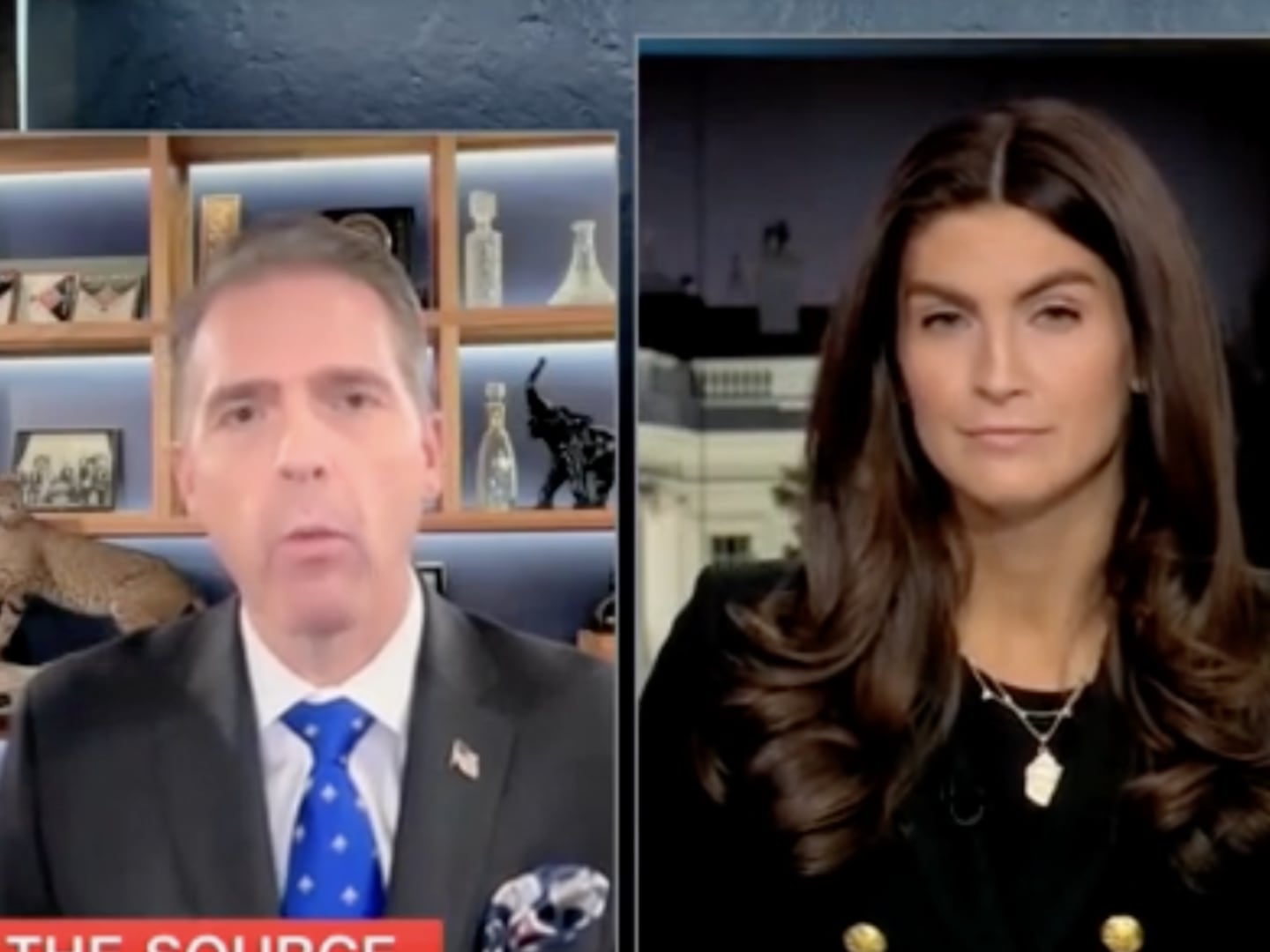At first, Gia Savocchi of Long Island thought the Instagram message she received late last week from a man with a name spelled out in Cyrillic letters was a scam.
Then she saw the photos that Serhiy Lutskyi sent of the dark blue 2014 Volkswagen Jetta Sportwagen that she had reluctantly sold for scrap more than a year ago.
And what she learned next was extraordinary: Lutskyi told her that the junked car had ended up in Ukraine and enabled him and his family to escape the horrors of war.
“The car arrive miraculously,” Lutskyi told Savocchi via a translation app after he tracked down the 36-year-old dog behavior specialist through ownership papers she left in the glovebox.
“I [repaired] it, put my wife and two children in it and left for the Czech Republic.”
“Wow! This is incredible. Omg. My car has a crazy exciting new life,” Savocchi replied. “My car has a family and is an escape vehicle.”
“Nice car,” said Lutskyi, who is 28.
“I took good care of it,” Savocchi said. “A man hit me in a parking lot while I was eating a bagel about to get my coffee. It had some damage insurance wouldn’t fix.”
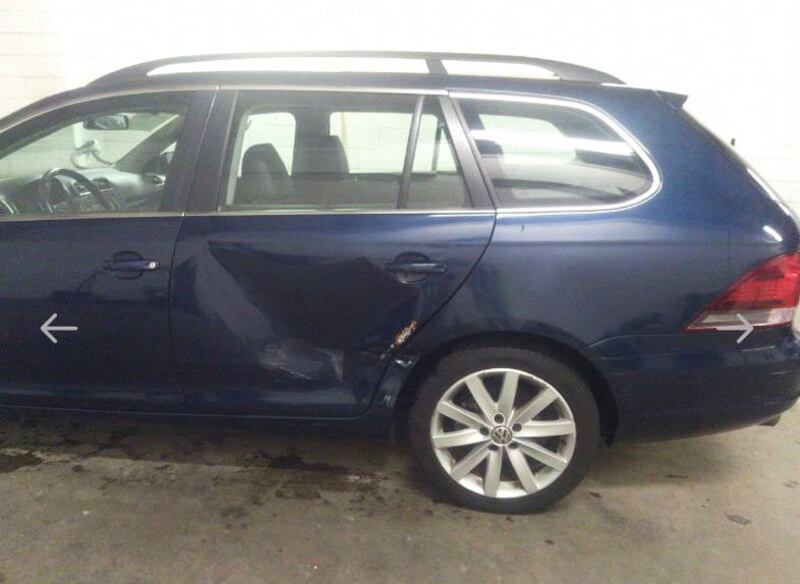
“Gave her a second life. And she gave me,” Lutskyi responded. “I love this car.”
“So my car enabled your family to leave?” Savocchi asked. “Like without this car, you were trapped?”
Lutskyi sent a crying face emoji.
“It’s not a car, it’s a story,” he said.
Lutskyi told Savocchi and later The Daily Beast via a translation app that he bought the Jetta online for $2,075 through Copart Auto Auctions on Dec. 15, 2021.
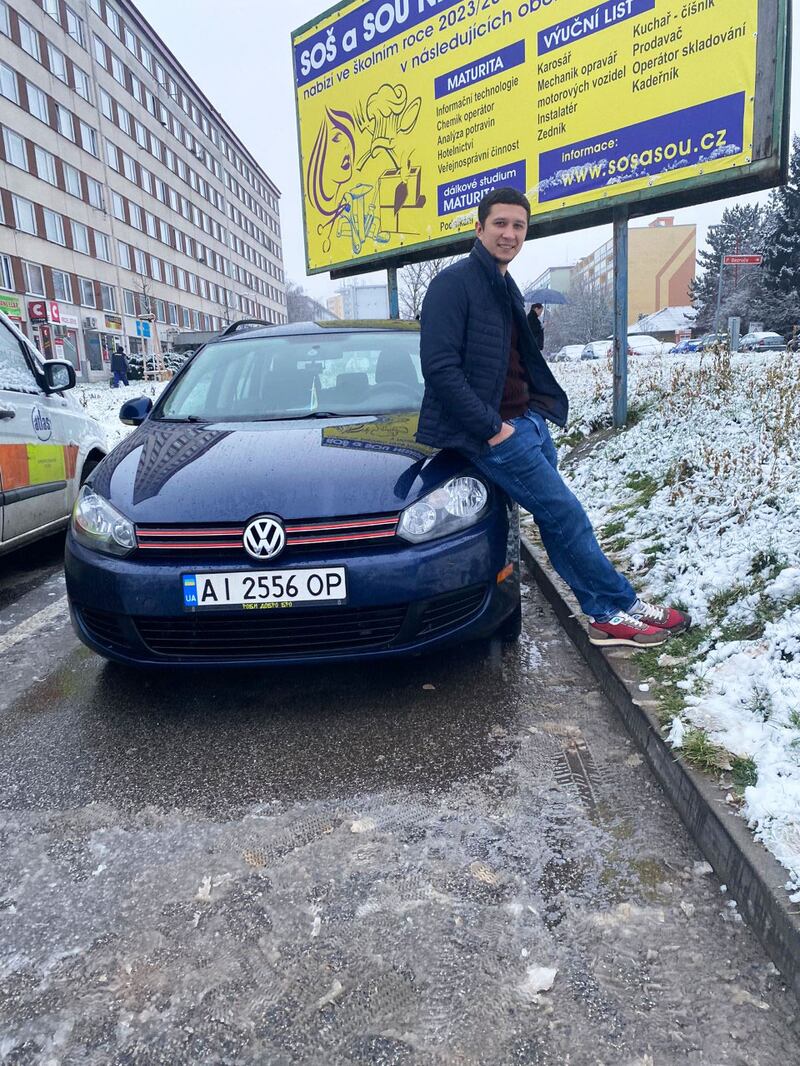
The seller was S-Line Motors, a California-based company that had bought the Jetta the day before from Savocchi’s insurer, State Farm. S-Line owner Sergii Cherkasov told The Daily Beast that his company specializes in selling Ukrainians damaged cars that American insurers decide are worth less than it would cost to repair them. Labor is cheaper in Ukraine and people are generally more willing to do the work themselves, he explained.
On Feb. 4, Savocchi’s Jetta and 700 other S-Line vehicles were aboard a ship that departed Newark, New Jersey, for Odessa. The ship was hours from its destination on Feb. 24, when Russia invaded Ukraine, leaving it no place to go.
“It was a nightmare,” Cherkasov said.
But that was nothing compared to what Lutskyi was experiencing.
“It's very scary when you are sleeping with your family and the ground starts shaking and you don't understand what happened,” he recalled. “You look out the window and there are people running around the street with bags.”
A neighbor who, like Lutskyi, was raised in the village of Volodarka, 75 miles from Kyiv, telephoned and said they should get their children and head there. Lutskyi squeezed into the neighbor’s car with his 28-year-old wife, Lena, their 6-year-son Daniil, and 1-year-old daughter Karina, who has a rare genetic protein intolerance called phenylketonuria (PKU).
“We were driving with him, there were big traffic jams and many accidents. Helicopters were flying overhead, children were crying, explosions were constantly heard,” Lutskyi remembered.
After six harrowing hours, they arrived in Volodarka. But without a car of their own, Lutskyi and his family were stuck there. And there was no way to track the ship.
“It seemed it disappeared,” Lutskyi recalled.
He repeatedly emailed the local S-Line representative.
“He didn’t answer,” Lutskyi remembered. “It turned out that he was taken to the war.”
Lutskyi went through the S-Line sales documents and found Cherkasov’s name.
“He didn’t answer for a long time, and finally, two weeks later, he answered that the car is somewhere… and they don’t know what to do,” Lutskyi remembered.
On May 10, the ship docked in Hamburg, Germany. Six days later, S-Line was able to tell Lutskyi that the ship had continued on to Gdymia in Poland. Lutskyi, who was working as a security guard in a supermarket, was asked to pay another $1,600 for delivery.
“My wife and I already had no money because where I worked my salary dropped a lot,” Lutskyi said. “I had $250 a month.”
He went to the bank and managed to take out a loan in the middle of an invasion. The Jetta was delivered in a truck-borne container on June 24. The container had apparently opened during the prolonged sea voyage, and the inside of the car was coated with thick greenish mold. The driver’s side was partly caved in where Savocchi’s car had been hit 10 months before in Northport, Long Island.
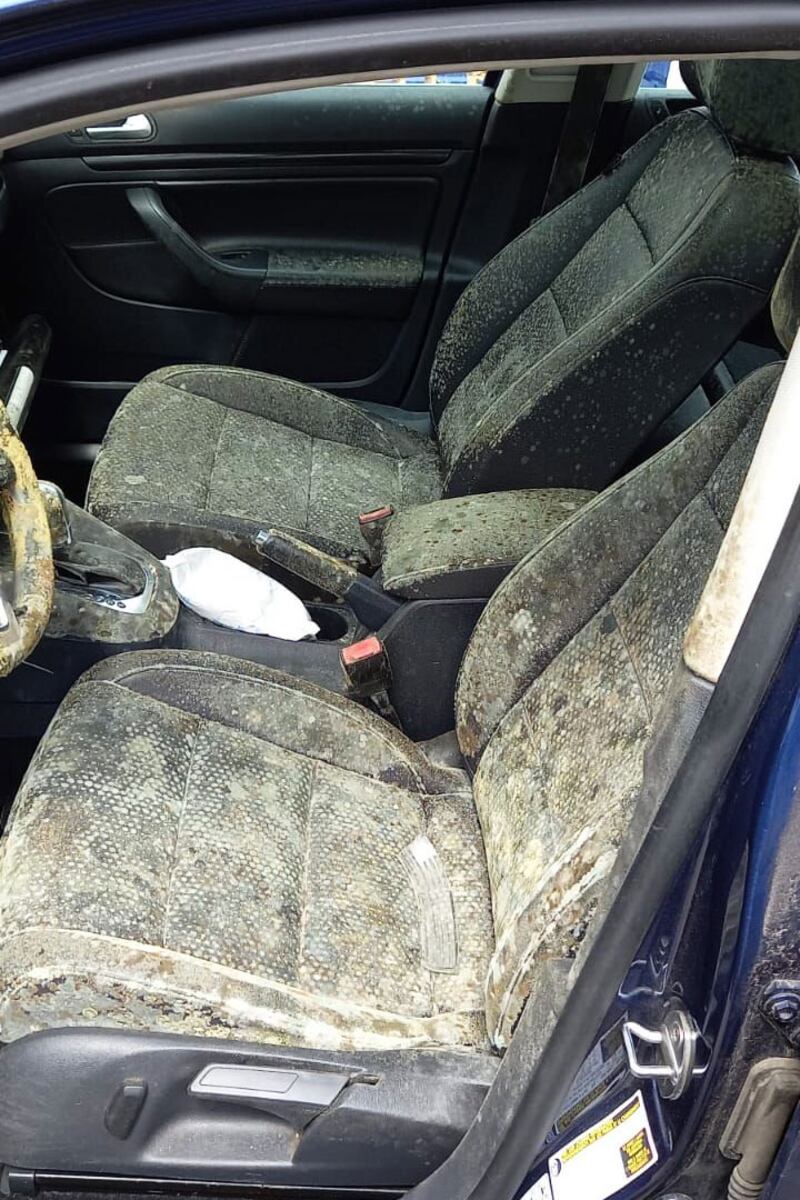
But Savocchi had been meticulous in maintaining the car and had never missed an oil change right up to the accident.
“I tried to start it and it started,” Lutskyi remembered. “I sat down and drove away.”
He was able to keep driving with his family back to Kyiv, where he would be able to prepare the Jetta for imminent perils to come.
“When I heard the words from my son, ‘Papa, we are going to die,’ then I did everything to leave,” Lutskyi said.
He repaired the Jetta’s body and replaced the generator, fan belts, and everything else that was needed. He secured the papers necessary for a male of military age to leave Ukraine.
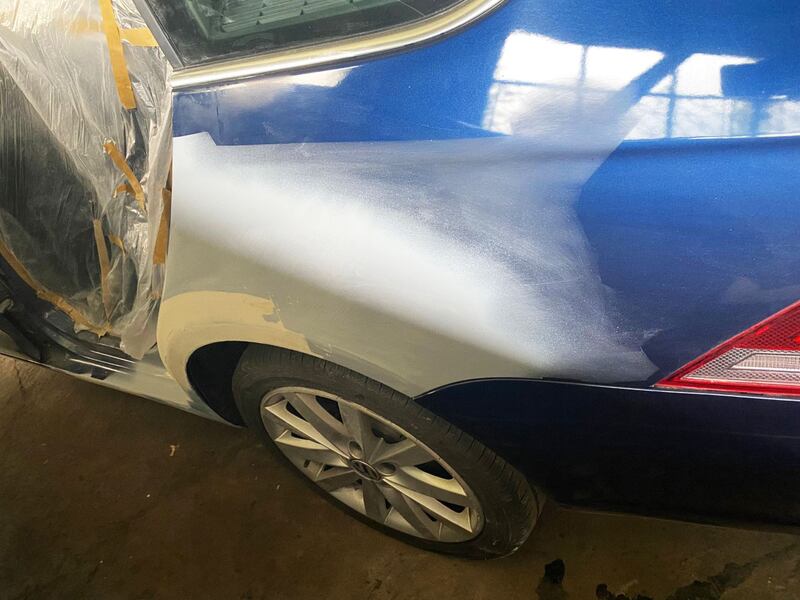
“I was released because my daughter has a disability from birth,” he said.
A video taken on the night of Aug. 4 shows the family taking refuge in a dark cellar while rockets strike nearby army units. When the standing curfew lifted at 5 a.m. the next day, they commenced a 435-mile journey through a war zone.
“We packed our things in the car and set off almost across Ukraine, drove through Irpin, Bucha, and saw what was happening,” Lutskyi recalled. “Many of our friends died.”
The family continued on.
“Destroyed cities and many checkpoints,” he said. “Rockets were falling nearby.“
At the Polish border, they were held up until the next day, unsure if they might be turned back. They were finally allowed to cross.
“And everything that was most terrible for our family was behind us,” he said. “I drove another 100 kilometers and we went to sleep at a gas station in the car.”
They then proceeded to the Czech border and stood in line for hours before they were admitted as refugees.
“I didn’t know the language, even how they say yes or no,” he recalled.
The family was placed in a summer home for two weeks. They then moved to a second house, where they have been living for six months.
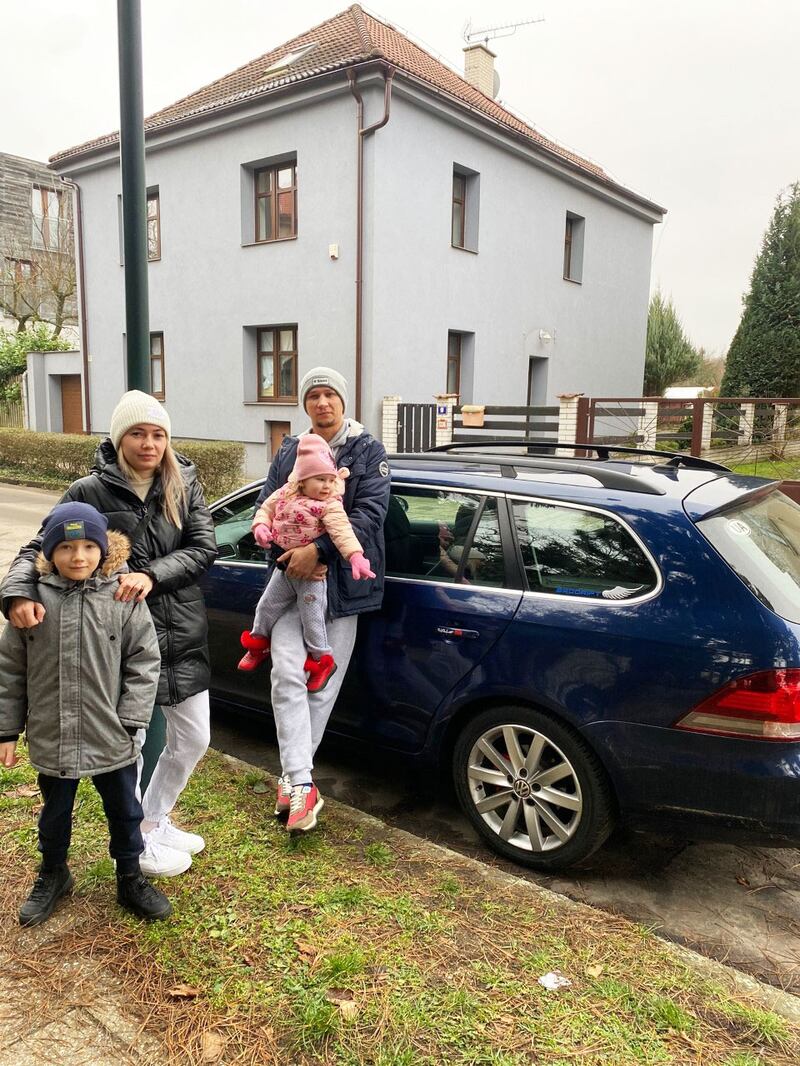
Lutskyi figures with added fees and the cost of the repairs, the Jetta has cost him $7,000 and left him in debt. But he has no regrets.
“The car has traveled 1,500 kilometers and has never let us down,” he said.
And with the help of the Jetta, he arrived in the Czech Republic with wealth beyond any monetary measure.
“I have two wonderful children,” he said.
He reported that there are good doctors for Karina. And Daniil is in school.
“Everything is fine,” he said.
Lutskyi had come across the ownership papers in the Jetta’s glovebox, and as his most pressing worries receded, he contacted Savocchi.
“I found you on Instagram out of curiosity,” he told her.
Her initial thought that it must be a scam was dispelled when she saw photos he sent her of the car before and after it was restored to its previous glory, complete with its red detailing.
“I really can’t believe it,” she told him. “Is it running well and all that? I always did the maintenance and was careful with oil changes. it never had a problem.”
“I thank you for keeping it like that,” he said. “I am 100 percent satisfied with it.”
“This is amazing,” she said. “Are you a VW lover?”
“I like her so much,” he replied.
She told him she had taken a video in the moments after the elderly man drove into the Jetta, thereby setting off the chain of events that led to Lutskyi’s escape with his family.
“I would like to watch the video,” Lutskyi told her.
Lutskyi had installed a sound system in the Jetta, and he sent her a video of himself at the wheel, moving to a joyous beat and smiling. In the backseat is his aunt, who recently arrived from Ukraine.
Savocchi incorporated that video into an Instagram synopsis of the tale how “he saved my car’s life and she saved them!”
“Bad things will sometimes happen in life,” Savocchi wrote. “But good things can come from it…”

